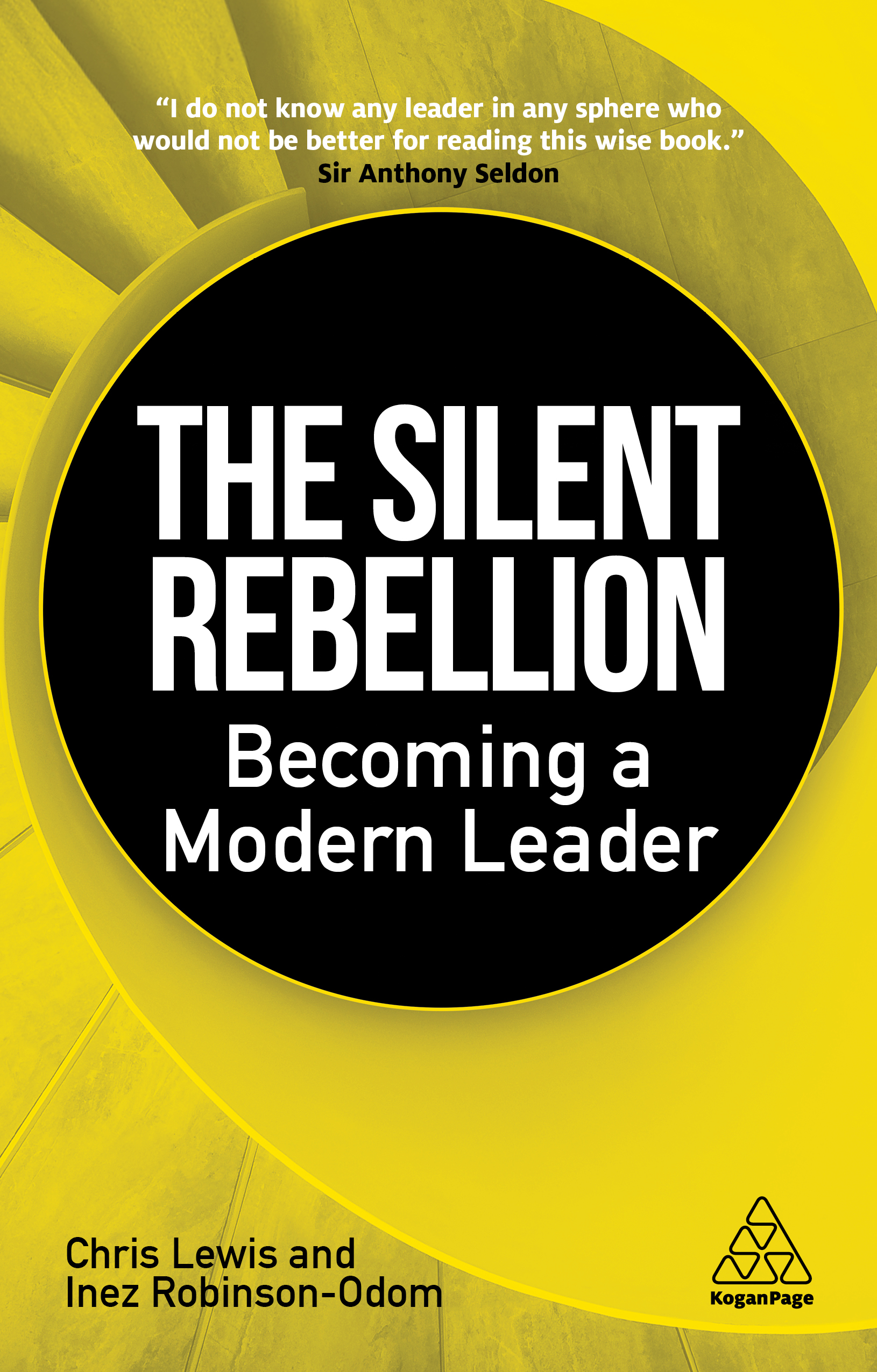
MYTH 1: The world has recovered from COVID-19.
MYTH 2: DEI and inclusion have had their day.
MYTH 3: History does not matter.
MYTH 4: The best leadership is the most famous.
MYTH 5: The best leadership is in the private sector.
Log In or become an AIMA member to read more articles
